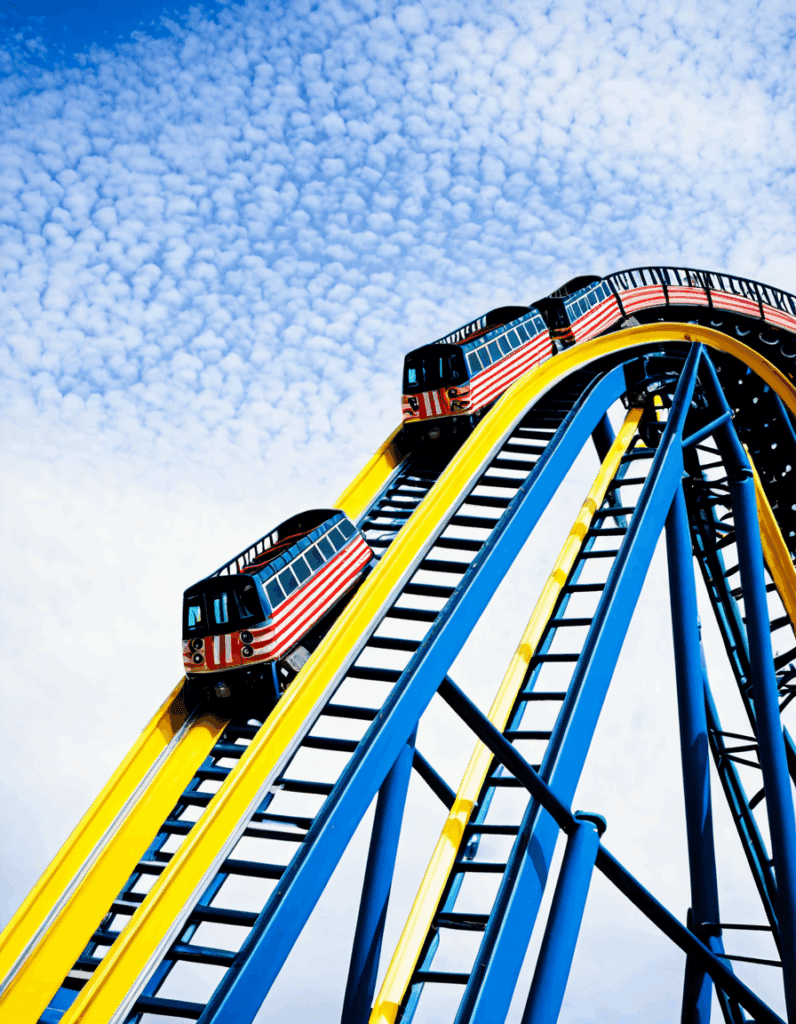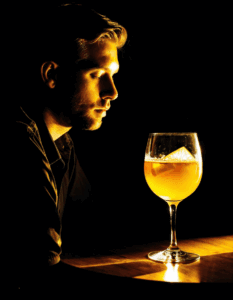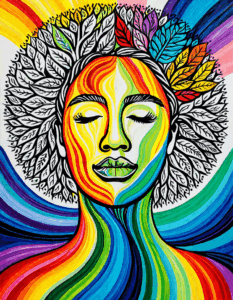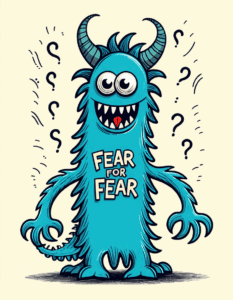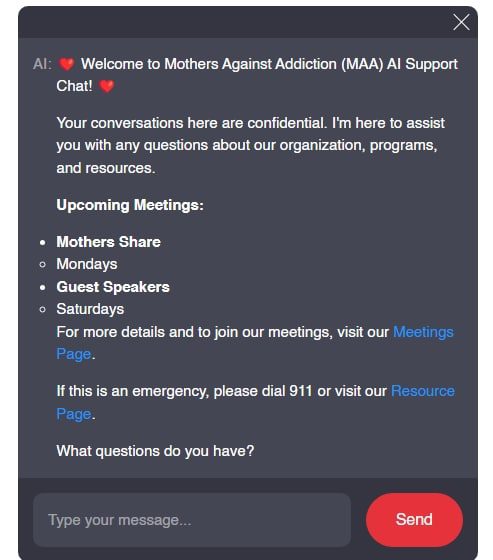Bipolar II Disorder is a mental health condition that often flies under the radar, yet it carries a heavy burden for those who live with it and their families. Characterized by recurrent episodes of depression and hypomania, this disorder can significantly impact daily functioning and lead to emotional distress. For parents grappling with the struggles of a child facing addiction or having lost one to addiction, understanding bipolar disorders is vital. It’s not just a matter of definitions but connects to the broader tapestry of mental health challenges, including addiction, and how they intertwine.
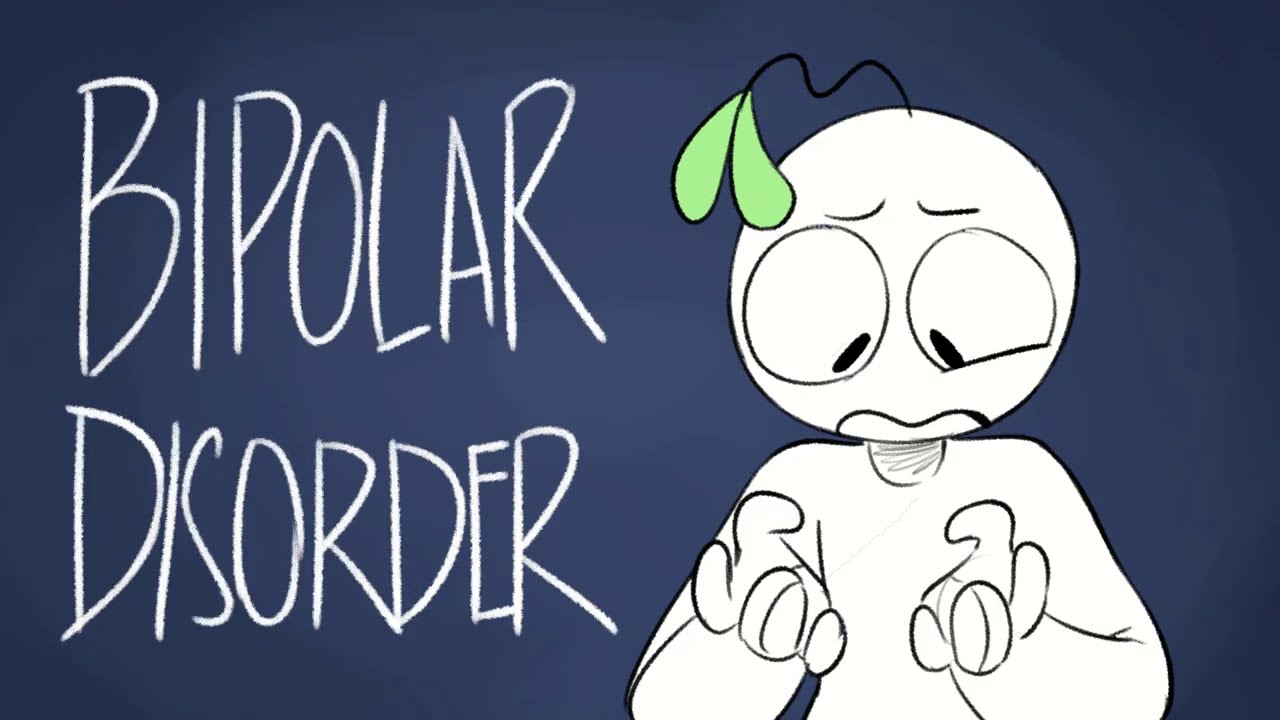
The 7 Key Differences Between Bipolar I and Bipolar II Disorder

Recognizing Bipolar Disorder Signs
It’s crucial for parents to recognize bipolar disorder signs, especially in their young adults. What might seem like typical adolescent mood swings can often mask underlying issues. Sudden shifts in behavior, increased energy, grandiosity, decreased sleep, racing thoughts, and distractibility are red flags pointing toward hypomania. Identifying these early indicators can pave the way for meaningful intervention.

Exploring Bipolar II Disorder Symptoms in Depth
The varying presentations of symptoms mean that misdiagnosis is common. For parents, understanding the nuances of bipolar II disorder symptoms is critical in distinguishing them from mere teenage angst, laying the groundwork for a supportive environment conducive to healing and growth.

Comprehensive Overview of Bipolar Disorder Treatments
A multi-pronged approach to bipolar disorder treatment is vital. This often includes:

The Meaning Behind Bipolar Disorder
Bipolar Disorder’s meaning transcends mere definitions. It encapsulates the lived experiences of both individuals and their families, emphasizing the importance of understanding the stigma often associated with mental health. Recognizing these experiences invites compassion and awareness, urging families to communicate openly about mental health challenges. By fostering a supportive dialogue, we can counter the numeric rise of addiction among those grappling with the aftermath of bipolar disorder.
Personal Reflections and Future Directions in Understanding Bipolar II Disorder
As we delve deeper into bipolar II disorder, let’s acknowledge the stigma that often clouds mental health discussions. Misconceptions and societal pressures can significantly influence how we perceive and respond to these conditions. Advocating for mental health education and encouraging open conversations about mental well-being empowers families to seek help sooner for themselves or their loved ones facing these challenges.
With continued research and a commitment to innovative treatment approaches, we can enhance understanding and improve the quality of life for millions. Embracing personal narratives, clinical insights, and creative strategies encourages a community atmosphere that acknowledges struggles but also celebrates resilience and hope.
Let’s continue to support each other, fostering an environment where individuals living with bipolar II disorder can feel seen, heard, and understood. If you’re navigating the turbulent waters of addiction or bipolar disorder, know that resources like Mothers Against Addiction are here to walk beside you on this journey.
Together, we can foster awareness and forge paths toward healing, not just for individuals but for families as a whole.
Bipolar II Disorder: Understanding Its Intricacies
Bipolar II Disorder is often misunderstood, so let’s shed some light on this condition. It’s characterized by recurring episodes of depression alongside milder forms of mania known as hypomania. This form of bipolar disorder doesn’t typically hit as hard as its counterpart, but it still poses significant challenges. Interestingly, some well-known personalities have spoken out about their experiences with similar conditions, like Carl Radke, who’s brought awareness to mental health issues, showing that we’re not alone in our struggles.
While coping with bipolar II disorder, it’s essential to keep informed about various treatment options, including medications. For instance, Xanax is commonly prescribed for anxiety but can come with side effects that one should know about, especially for those already managing a mental health condition. Similarly, it’s wise to be aware of the side effects Of Cefdinir, an antibiotic that can interfere with mental wellness if combined poorly with other medications. Always staying informed helps in making the best choices for oneself or a loved one dealing with the ups and downs of bipolar II disorder.
Now, let’s pivot to some trivia that’s a little less clinical! Did you know that famous figures also face their own unique challenges? For example, did you ever wonder Where Was Elon musk born? Knowing the backgrounds of such innovative minds can sometimes inspire those facing personal battles. Additionally, individuals with creative talents, such as Beyoncé, don’t shy away from their journeys either. Speaking of Beyoncé, her feet have become a topic of interest for some fans, showcasing that everyone, regardless of their acclaim, grapples with their own imperfections.
So, as we explore bipolar II disorder further, it’s evident that these personal stories bring a sense of camaraderie. And for those craving more drama in the entertainment world, the buzz around shows like The Cleaning Lady Season 3 captivates audiences, creating discussions around life’s challenges and triumphs. Remember, mental health is as vital as any other topic; understanding it can foster better conversations and connections amongst all of us.


